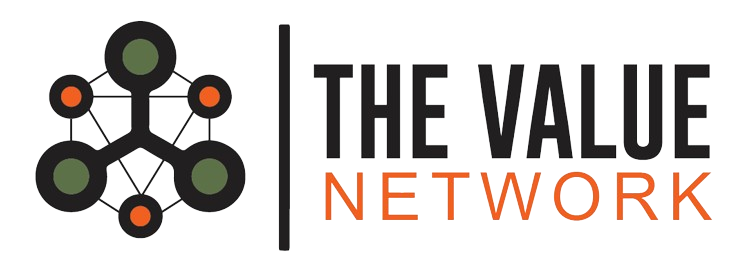Given that the Future of Work is largely based on which futurist’s visionary work you follow and subscribe to, many of us struggle to even comprehend the level of complexity that we will have to navigate as we begin our Working in New Ways journey.

Photo by Ian Schneider on Unsplash
Perhaps you can relate to some of the following initiatives that many are including in “Working in New Ways” or some variation of the phrase…
– Hybrid Work Schedule (Based on location and purpose)
– Higher Focus on Work Life “Integration” via Flexible Work Hours
– Transitioning to a Four-Day Work Week
– Automate Repetitive, Low-Value Tasks from Workflow
– All the Above
Many futurists and visionaries often talk about the “lens” with which each of us sees and associates with not only our current view of work but also how we relate to the historical “this is how we’ve always done things” for any given context. For instance, our collective lens for current knowledge work is still heavily influenced by Frederick Taylor’s Scientific Management Theory, aka Taylorism, published over a century ago. In many ways, Taylor was a product of his time (2nd Industrial Revolution at the end of the 19th century) and place (steel industry). Although we won’t exhaustively cover Taylor’s work, it is safe to say that as a Mechanical Engineer he too was simply responding to the complex challenges that his management consulting clients were dealing with — like getting maximum productivity out of an uneducated workforce in a relatively new industry.
“In Taylor’s time, foot dragging and intentional inefficiency were so common there was a well-known term for it: soldiering.”
— Aaron Dignan, Author of Brave New Work
Taylor often went to great lengths to find “the one best way” to perform a task. If I’m being completely transparent as a long-time IT professional and ServiceNow practitioner, this practice is still common today — especially in the IT Operations context. This leads to more consistent operational processes, but I would argue that if one is going to this length to standardize and commoditize tasks, processes, and services — often removing one’s ability to leverage their tacit knowledge to do something — the only humane option is to then automate as many of the repetitive and low-value tasks as possible from our human-based workflows. Unfortunately, what most Taylorism Followers of today don’t want to admit is that “the one best way” expires more frequently than it did a century ago. Another historical perspective of Taylorism that we can’t ignore today, is the division of labor between management (thinkers) and workers (doers), which has manifested itself over the years in many of Us vs Them dysfunctional behaviors, like strategy being “handed down” to subordinates to execute and my favorite, IT vs [the] Business.
This high-level review of Taylor’s historical legacy comes with a pretty major caveat that I have come to appreciate over the years: one must be mindful and cognizant of not only the context in which a historical figure was living at their point in history but also ALL of the variables and constraints that we get the luxury of analyzing in hindsight — most of which we simply can’t understand or relate to at a deep enough level to truly say, “well, I would have never done THAT…” If anything, I lean more towards Taylor focusing too much on “the one best way” rather than the human being doing the work, which we know today is a complex system given our new, historically speaking, understanding of how the brain works and how our often-irrational behavior impacts our decision-making.
As Aaron Dignan so eloquently outlines throughout his book as he describes the importance of changing the organization’s Operating System (OS), the problem isn’t that Taylor leveraged Scientific Management to promote “the one best way” — or even how it impacted the world — but rather that we continue to allow it to negatively impact our organizations and the way in which we work, over a century later. To that, I say, shame on us rather than continue to throw shade Taylor’s way. Dignan goes on to state, “In contrast to Scientific Management’s [one best way], it would seem that the aim of bureaucracy is to find the [one worst way] — that which wastes the most time and involves the most people and steps.” No faster way to kill innovation than to allow unnecessary bureaucracy to stay entrenched in our organizations. This is such a critical moment in our collective history — largely given the massive opportunity that still lies ahead for most organizations when it comes to participating in the Digital Economy — that following Dignan’s guidance becomes a prerequisite to adopting a new Future of Work lens that is predicated on the collective realization that one’s organization is a Complex Adaptive System (CAS) and more resembles a living organism than a machine.
Working in New Ways, which everything in IT can be linked back to, then becomes all about the choices we make, individually as much as it is collectively…but I will save that for another day.
I highly recommend Aaron’s book, Brave New Work.
If you found this post insightful and are curious about the idea behind The Value Network LLC, please Join the community as well as follow us on X and connect with me personally on LinkedIn. Always happy to collaborate on Working in New Ways strategic ideas.
